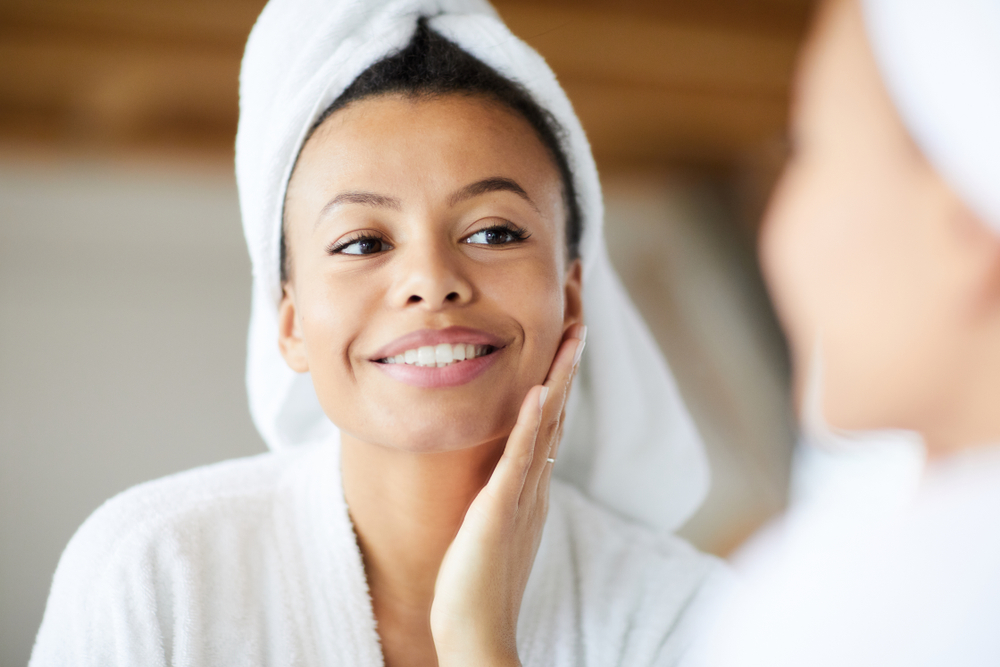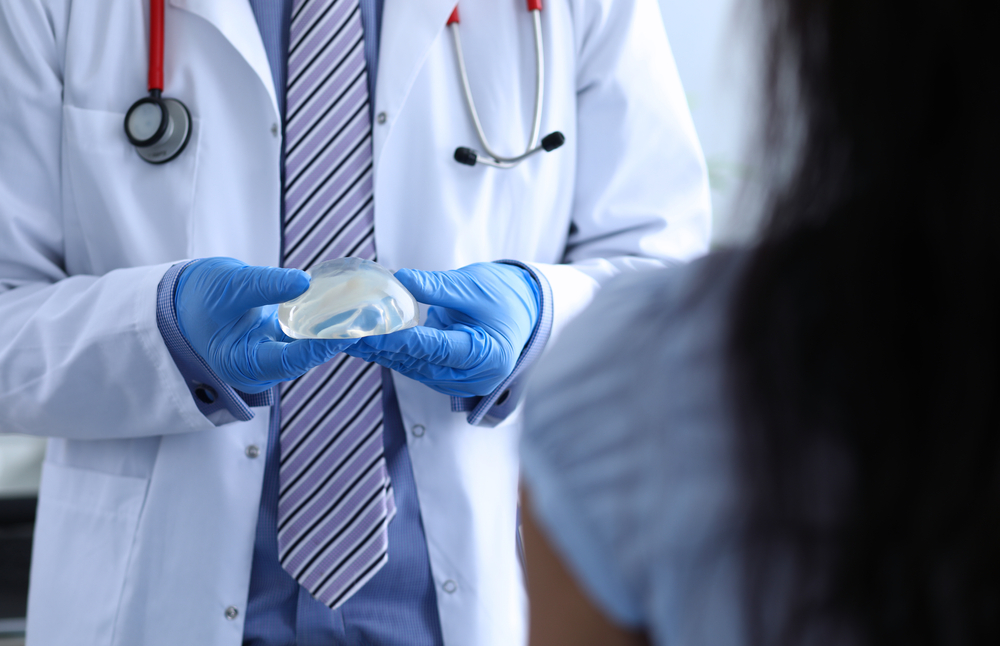Prive Plastics is here to share information about the best skincare ingredients for fighting acne.
Acne: What Is It?
Acne is a common skin condition that occurs when hair follicles (pores) in the skin become clogged with oil, dead skin cells, and bacteria. It typically presents as a variety of lesions on the skin, including:
- Comedones: Non-inflammatory acne lesions, which can be open (blackheads) or closed (whiteheads) bumps on the skin’s surface.
- Papules: Small, raised, red bumps caused by inflammation and infection around clogged pores.
- Pustules: Similar to papules, but they have a white or yellow center filled with pus.
- Nodules: Large, solid, and painful bumps that develop deep within the skin due to more severe inflammation.
- Cysts: Deep, pus-filled, painful lesions that can cause scarring.
Acne most commonly appears on the face, but it can also occur on the chest, back, shoulders, and other areas of the body with a high density of hair follicles and sebaceous glands. The severity of acne can vary from mild to severe, and it may lead to emotional distress and scarring in some cases.
While acne is not a life-threatening condition, it can have a significant impact on a person’s self-esteem and quality of life. It is essential to manage and treat acne appropriately to minimize its impact and prevent potential complications, such as scarring or hyperpigmentation. Treatment may include topical medications, oral antibiotics, hormonal therapy, retinoids, or other therapies, depending on the severity and type of acne a person has.
What Causes Acne?
1. Excess Oil Production: The sebaceous glands in the skin produce an oily substance called sebum. When the sebaceous glands produce too much sebum, it can mix with dead skin cells and block the hair follicles, leading to the formation of acne lesions.
2. Clogged Pores: When the hair follicles are blocked by excess sebum and dead skin cells, they create an environment for the acne-causing bacteria called Propionibacterium acnes (P. acnes) to thrive.
3. Bacteria: P. acnes is a naturally occurring bacteria on the skin, but when trapped in clogged pores, it can multiply and cause inflammation, leading to red and swollen acne lesions.
4. Inflammation: The presence of bacteria and the body’s response to clogged pores can cause an inflammatory reaction in the skin, resulting in redness, swelling, and pain associated with acne.
5. Hormonal Factors: Hormonal changes, especially during puberty, menstruation, pregnancy, or conditions like polycystic ovary syndrome (PCOS), can increase sebum production and contribute to acne development.
6. Genetics: There is evidence to suggest that acne can run in families, indicating a genetic predisposition to the condition.
7. Dietary Factors: While the role of diet in acne is still debated, some studies suggest that certain diets, particularly those high in refined carbohydrates and dairy products, may influence acne development in some individuals.
8. Environmental Factors: Exposure to certain environmental factors, such as pollution and humid climates, can exacerbate acne in some people.
9. Cosmetics and Skincare Products: The use of certain pore-clogging cosmetics or skincare products may contribute to acne breakouts, especially if they are not suitable for your skin type.
It’s essential to understand that different people may have different acne triggers, and a combination of factors can lead to the development of acne. If you are experiencing persistent or severe acne, it’s best to consult with a dermatologist for personalized advice and treatment.
The Most Effective Acne-Targeting Ingredients
1. Benzoyl Peroxide: It is a potent antimicrobial agent that targets the bacteria causing acne and helps to unclog pores. It also has anti-inflammatory properties that reduce redness and swelling associated with acne.
2. Salicylic Acid: This beta-hydroxy acid (BHA) exfoliates the skin, penetrating the pores to dissolve oil and dead skin cells. It helps to prevent clogged pores and reduces inflammation.
3. Glycolic Acid: An alpha-hydroxy acid (AHA) that exfoliates the skin and helps improve its texture. It can also help reduce acne marks and blemishes.
4. Retinoids: These Vitamin A derivatives promote cell turnover and prevent the formation of new comedones (clogged pores). They are also effective in reducing inflammation and improving overall skin texture.
5. Niacinamide: Also known as Vitamin B3, it helps regulate sebum production, reduces inflammation, and minimizes the appearance of pores.
6. Azelaic Acid: It has antibacterial properties and helps to normalize the skin’s cell turnover, reducing the formation of acne lesions.
7. Tea Tree Oil: A natural antimicrobial agent that can help combat acne-causing bacteria. It is often used in diluted form as a spot treatment.
8. Zinc: This essential mineral has anti-inflammatory properties and can help regulate sebum production, making it beneficial for acne-prone skin.
Remember that different people may react differently to these ingredients, and it’s essential to use them as directed and patch-test new products on a small area of skin before applying them to larger areas.
Prive Plastic Is The Choice For All Your Aesthetic Needs
If you are based in Boca Raton, FL, and the surrounding areas, consider Prive Plastic Surgery’s mobile concierge. With Prive Plastic Surgery’s mobile concierge MediSpa, high-quality, professional aesthetic services such as neurotoxin and dermal filler injections, chemical peels, and laser skin resurfacing can come to you. Enjoy the luxury of attaining your aesthetic goals without ever having to leave the house and our line of skin care to maintain your new results.
If you wonder if you are a good candidate for a brow lift, eyelid lift, neck lift or any of our other aesthetic treatments and procedures, start with a TeleHealth consultation. Dr. Wu offers brow lifts, face and neck aesthetic surgeries, and aesthetic and reconstructive surgeries for the breast and body. For customized treatment plans for your face and body, call us today at 561-717-3181.



